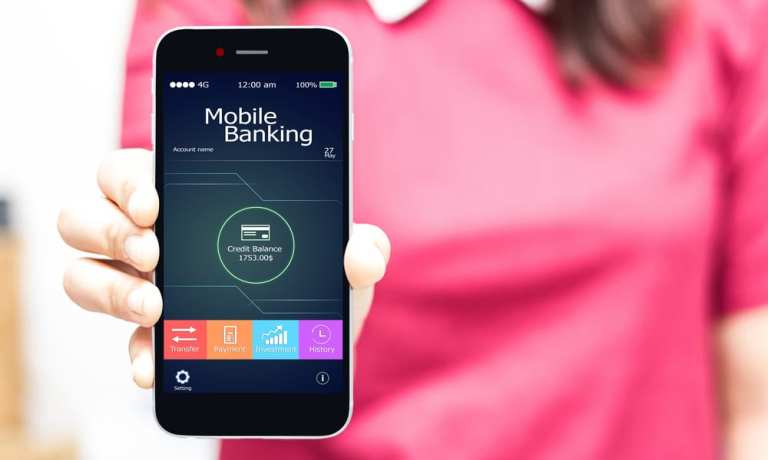The Many Answers To ‘What Is A Bank?’

The definition of a bank was more or less unchanged for centuries. Then, within a matter of a few years, the old definitions have become more of a starting place than a final destination. Austere institutions that seemed impervious to change are reinventing themselves fast, as empowered consumers demand terms and services that banks would have found laughable in 2010.
Examining sentiments around banks, PYMNTS polled nearly 1,300 U.S. consumers in February 2020 to discover how they are using banks in a time of upheaval, to gauge demand for products and services, and also to qualify shifting perceptions about the role of banks.
Definitions Are Changing
The ASKPYMNTS series report What is a Bank: What U.S. Consumers Think About the Key Issues Driving the Connected Economy explored a census-balanced sample of consumers who bank with legacy financial institutions (FIs) as well as credit unions (CUs), digital banks and even PayPal.
Not surprisingly, the old definitions still hold enormous cachet with respondents. “We asked consumers to define banks, and they did so in much the same way, with 98.8 percent of them characterizing such institutions in one of three ways,” the report states. “Our research shows that 36.8 percent characterize banks as institutions that store money securely, while 34.9 percent characterize them as institutions for saving and earning interest on deposits, and 27.1 percent characterize them as institutions that provide loans and make investments.”
That’s less surprising than the durability of branch banking, which was slowly going extinct – or so it seemed. After offering checking accounts (63.1 percent) and savings accounts (11.9 percent), the third most important banking service, according to respondents, is maintaining a physical branch for consumers to visit (11 percent). Even universally popular ATMs come in at 3.5 percent, making the humble brick-and-mortar branch three times as popular as the self-service staple.
The question “what is a bank?” was easier to answer before digital-only challengers appeared. It becomes clearer when asking which FIs do and do not meet one’s own definition of a bank.
For example, “…the majority of consumers do not consider FinTechs, Big Tech firms, PayPal or digital banks to be banks — at least not in the traditional sense,” the report states. “Among consumers who are aware of these two types of institutions, only 14.8 percent and 9.3 percent, respectively, consider them to be actual banks.”
“Consumers are more likely to say these institutions are not banks, but still provide products and services similar to those offered by banks, with 35.7 percent and 23.4 percent saying so, respectively. There are also 47.3 percent of consumers who are aware of digital and online banks, which 31.1 percent of consumers consider to be traditional banks.”
Banking Endures
Definitions can change faster than the behavior they describe. In What Is a Bank: What U.S. Consumers Think About the Key Issues Driving the Connected Economy, we find that legacy banks and traditional FIs continue to enjoy consumer trust that translates to account holders.
“Our survey shows that 64.2 percent of consumers are either ‘very’ or ‘extremely’ likely to use or already use national banks, and 60.1 percent feel the same toward local and community banks. This compares to 34.2 percent who would be ‘very’ or ‘extremely’ likely to use or already use banking-like services from PayPal and 27.5 percent who would be ‘very’ or ‘extremely’ likely to use or already use banking-like services from digital and online banks.”
Download the full report free HERE, with complete charts, graphs and all research/data.